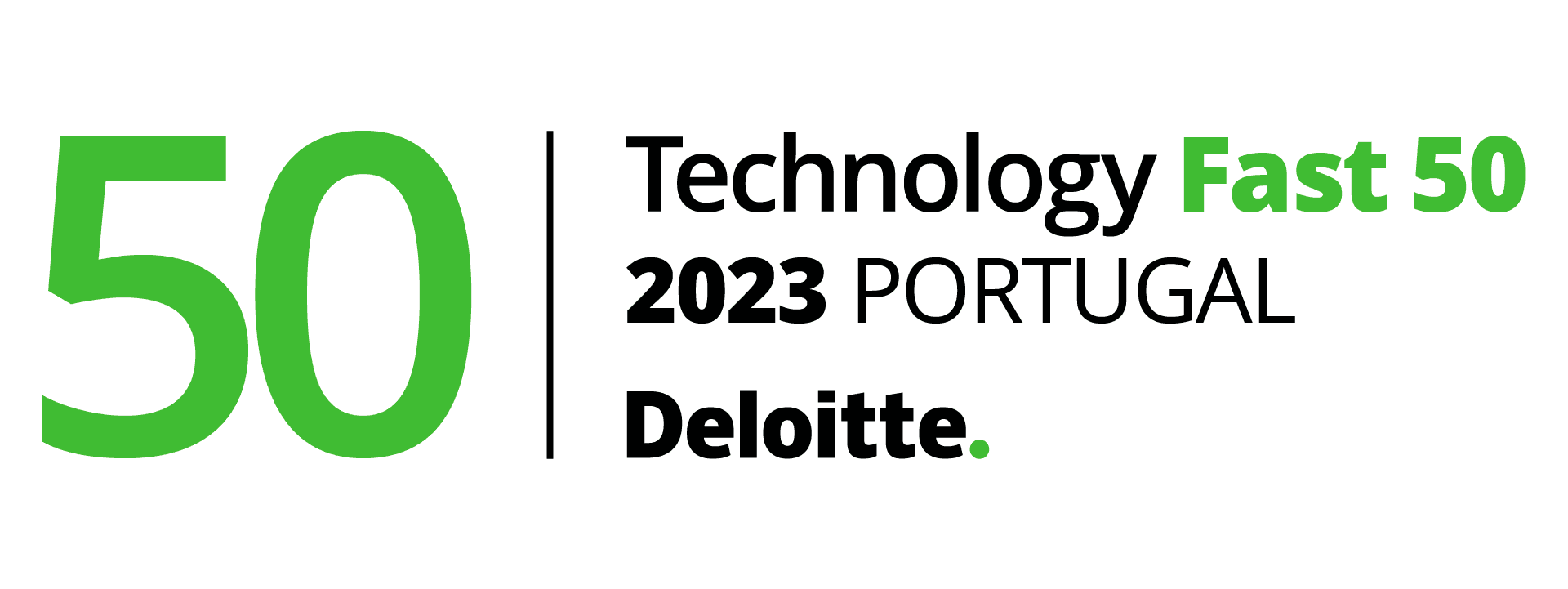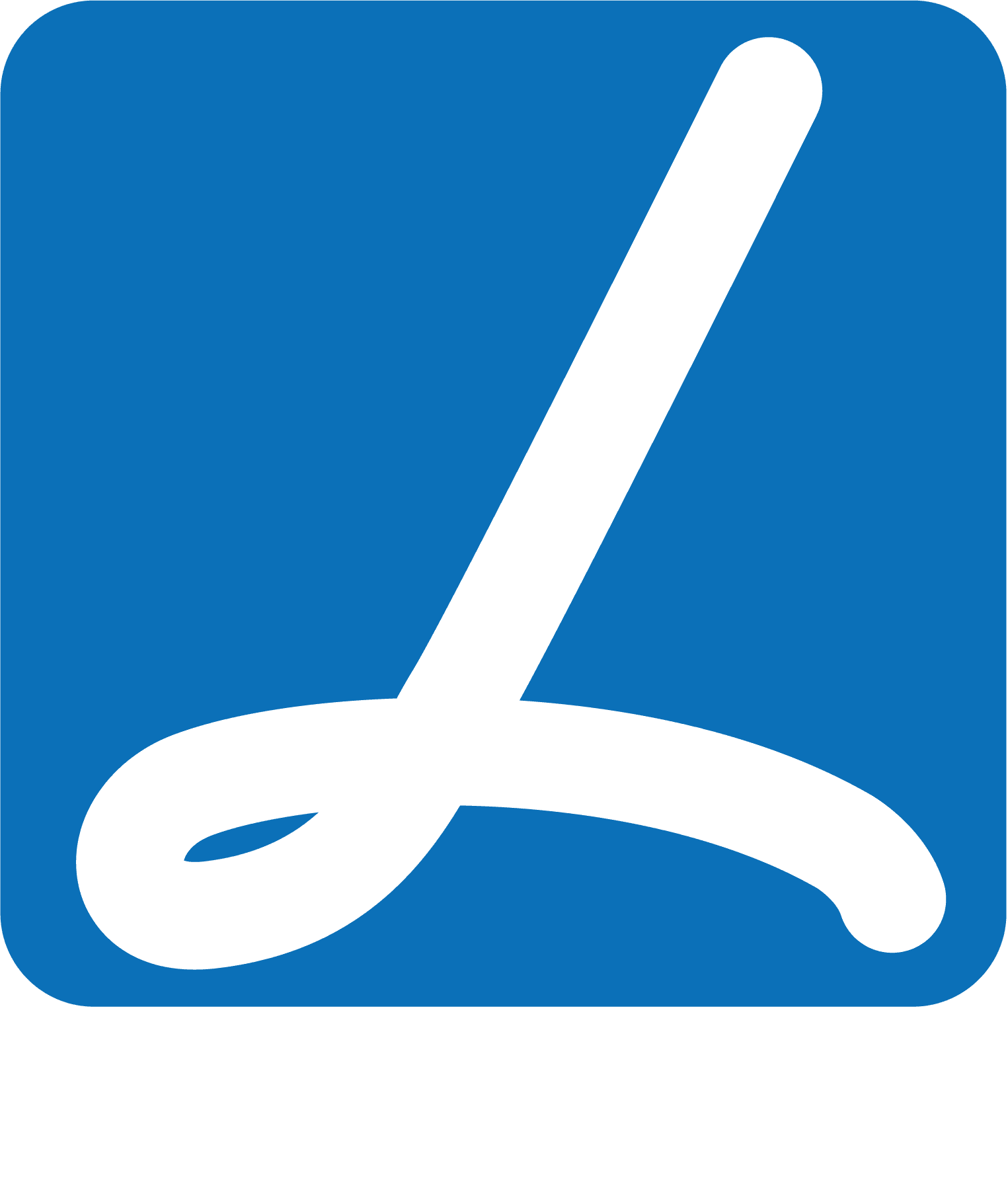The Impact of Large Language Models in Insurance

nlp
large language models
machine learning
insurance
What are Large Language Models (LLM)?
Large Language Models (LLM) are a type of Artificial Intelligence (AI), in particular Transformer Models, that are trained on a very large dataset of text and can generate human-like text. They are called "large" because they are trained on a dataset with a large number of words or characters, often billions. Large language models are able to generate text that is difficult to distinguish from text written by humans because they have learned the patterns and structures of language from the data they were trained on.
These models have been used for a variety of tasks, including translation, summarization, language generation, and text classification. They have also been used to generate text that is difficult to distinguish from text written by humans, which has led to concerns about their potential use in generating fake news or other types of misinformation.

BERT, GPT-3 and others
Examples of LLM are BERT, GPT-3 and ChatGPT.
BERT (Bidirectional Encoder Representations from Transformers) is a language representation model developed by Google that is trained to understand the context and meaning of words in a sentence by looking at the words that come before and after them. It is particularly useful for natural language processing tasks that require understanding of the context in which words are used, such as question answering and text classification.
GPT-3 (Generative Pre-trained Transformer 3) is a language generation model developed by OpenAI that is trained to generate text that is similar to human-written text. It can be fine-tuned for a variety of language generation tasks, such as translation, summarization, and text completion. GPT-3 is notable for its large size, with 175 billion parameters, making it one of the largest language models ever trained. Both BERT and GPT-3 have been very successful in various natural language processing tasks and have contributed to significant advances in the field.
Developed by OpenAI, ChatGPT is a prototype artificial intelligence chatbot that specializes in dialogue. With both supervised and reinforcement learning techniques, the chatbot is a large language model. It is a fine-tuned version of a model in OpenAI's GPT-3.5 family of language models. ChatGPT was launched in November 2022 and has garnered attention for its detailed responses and articulate answers, although its factual accuracy has been criticized.
There have been several large language models developed after GPT-3, including:
- GPT-4: This is the fourth generation of the GPT language model, and it is currently in development by OpenAI. It is expected to be even larger and more powerful than GPT-3.
- T5 (Text-To-Text Transfer Transformer): This is another large language model developed by Google that is trained to perform a variety of natural language processing tasks. It is trained to generate text that is similar to human-written text and has been used for tasks such as translation, summarization, and text classification.
- RoBERTa (Robustly Optimized BERT Approach): This is a variant of the BERT model developed by Facebook AI that is designed to be more efficient and easier to fine-tune for specific tasks. It has achieved state-of-the-art results on a variety of natural language processing benchmarks.
- XLNet (eXtreme Language Network): This is a language representation model developed by Google that is designed to be more effective at capturing long-range dependencies in language. It has achieved state-of-the-art results on a variety of natural language processing tasks.
These are just a few examples of the many large language models that have been developed in recent years. These models have the potential to revolutionize a variety of applications in natural language processing and beyond.

What is the importance of Large Language Models in Insurance?
The use of large language models in the insurance industry has the potential to revolutionize the way that insurance companies operate, as well as bringing enormous innovation to their value proposition. In the coming decade, these powerful machine learning tools will increasingly be used to improve the accuracy and efficiency of insurance processes, leading to better outcomes for both insurers and their customers.
Underwriting
A large language model can be used in insurance underwriting, which is the process of assessing the risk involved in insuring a particular person or entity. The analysis of large amounts of data, like claims history and demographic data, could be done using large language models as a way to predict claims in the future. Using a dataset of past insurance claims, a large language model could be trained to predict the likelihood of future claims for a specific individual or business. As a result, insurance companies would be able to more accurately assess the risk associated with insuring a particular person or entity and set appropriate premiums.
In addition, large language models could be used to analyze large amounts of unstructured data, including text from medical records or social media posts, to extract relevant information for underwriting.
If you had an Assistant that was all knowing about all data in your organization, had read and memorized the entire wikipedia, and all kinds of sources of data relevant to your business, what questions would you ask?
Claims Processing
Another area where large language models will have a significant impact is in claims processing. Insurance claims can be complex and time-consuming to process, especially when they involve large amounts of unstructured data such as medical records or accident reports. By analyzing large amounts of data, such as claims history and policy information, large language models could streamline the claims process and improve efficiency.
To predict the likelihood of a claim being approved or denied, a large language model could be trained on a dataset of past insurance claims. By doing this, insurance companies can more quickly process claims and decide whether to approve or deny them. Exactly like in the case of underwriting, large language models could be used to analyze text from medical records or accident reports, to extract relevant information and classify claims into different categories. As a result, part of the claims process could be automated, reducing the need for manual review.
It is important to note that while large language models have the potential to be useful tools in claims processing, they should be used in conjunction with other methods and should not be relied upon solely. Think about it! A Model like this could be asked a question like “Shall I pay off this claim?”. It would answer this question with “yes” or “no”, each of them with a level of confidence, as well as an explanation about why and how it came to this conclusion. Would this be revolutionary? I will leave this conclusion to you.
Customer Service
Large language models have the potential to be used in the insurance industry to improve customer service too. In this context, large language models could be used to generate responses to customer inquiries, such as questions about policy coverage or the status of a claim. For example, a large language model could be trained on a dataset of past customer inquiries and used to generate appropriate responses to new customer inquiries. This could help insurance companies to more quickly and accurately respond to customer inquiries, improving the overall customer experience.
Large language models could also be used to analyze customer inquiries and classify them into different categories, such as policy coverage questions or claims inquiries. This could help insurance companies to route customer inquiries to the appropriate department or agent for faster resolution.
In the context of Customer Service, many companies already offer Conversational AI solutions such as chatbots or voicebots. These solutions can enormously be enhanced by large language models, making them virtually able to answer almost any trivial question, but having access to almost unlimited knowledge. Some of the challenges with customer service are retention of people and their knowledge, as well, as standardization of customer care. This can be achieved at scale with Conversational AI supported by a LLM.

Conclusions
Large Language Models are a great step towards a general conversational AI that will revolutionize the way humans interact with machines, but also how machines understand and process textual information. This obviously has gigantic potential in the insurance industry, since a great deal of the information and knowledge is only available in textual form.
However, It is important to note that while large language models have the potential to be useful tools in insurance underwriting, claim processing and customer service, they should be used in conjunction with other methods and should not be relied upon solely.
It will still be necessary for insurance companies to have human agents available to evaluate complex submissions, claims, or assist customers with more complex or nuanced inquiries. Simpler things will be handled almost fully by Machine Learning systems, including Large Language Models.



